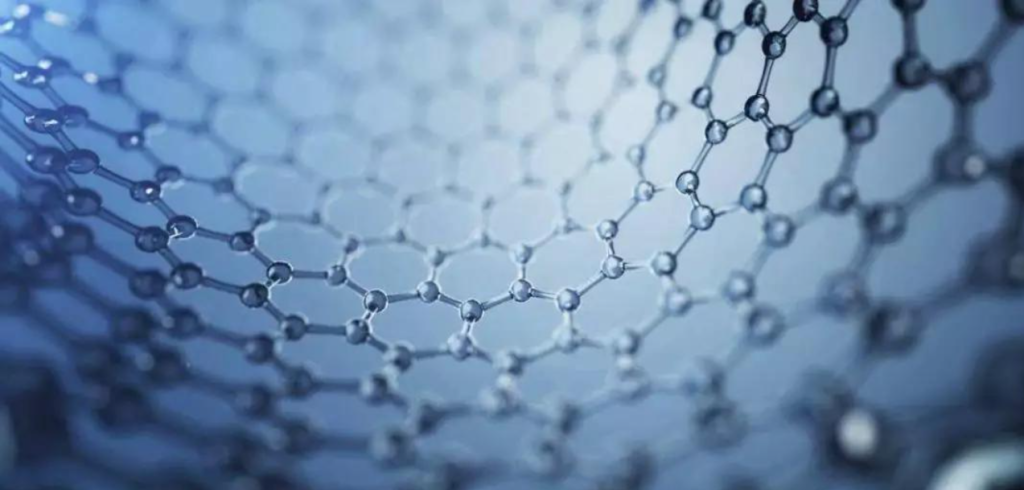Potential Uses of Graphene in Energy Storage
Graphene is a game-changing material in the field of energy storage due to its high electrical conductivity, large surface area, mechanical strength, and chemical stability. These properties enable graphene to enhance batteries, supercapacitors, fuel cells, and hydrogen storage systems, making energy storage more efficient, durable, and sustainable.

1. Graphene-Enhanced Lithium-Ion Batteries (LIBs)
-
Faster charging & higher capacity: Graphene improves ion mobility, allowing faster charging and increased energy storage.
-
Longer battery life: Prevents electrode degradation, increasing the number of charge cycles.
-
Lighter and safer: Reduces dendrite formation, minimizing the risk of overheating and battery failure.
-
Applications: Electric vehicles (EVs), smartphones, laptops, drones.
-
Example: Tesla and Samsung are researching graphene-enhanced anodes for next-gen LIBs.
2. Graphene-Based Supercapacitors
-
Ultra-fast charging: Charges in seconds instead of minutes or hours.
-
High power density: Provides rapid bursts of energy, useful for regenerative braking in EVs.
-
Long lifespan: Can withstand millions of charge cycles without significant performance loss.
-
Applications: Electric buses, portable electronics, industrial power backup.
-
Example: Skeleton Technologies develops graphene supercapacitors for EVs and grid storage.
3. Graphene in Solid-State Batteries
-
Replaces liquid electrolytes with solid graphene-based conductors, improving safety and energy density.
-
Higher thermal stability, reducing fire risks in high-power applications.
-
Enables flexible and lightweight battery designs.
-
Applications: Next-generation wearables, aerospace, medical implants.
-
Example: Research is ongoing in MIT, Samsung, and Chinese battery firms.
4. Graphene in Hydrogen Storage
-
Improves hydrogen adsorption capacity, making storage more efficient and lightweight.
-
Enables on-demand hydrogen release, essential for fuel cell applications.
-
Reduces the cost and weight of hydrogen fuel systems.
-
Applications: Hydrogen-powered vehicles, industrial fuel cells, portable energy solutions.
-
Example: Toyota and Hyundai are exploring graphene-based hydrogen storage materials.
5. Graphene in Flow Batteries (Redox Flow Batteries, RFBs)
-
Enhances electrode conductivity, improving energy efficiency.
-
Increases power output and reduces charging time.
-
Extends battery lifespan for grid storage applications.
-
Applications: Renewable energy storage (solar & wind power), smart grids, industrial energy backup.
-
Example: China and the EU are investing in graphene-enhanced vanadium redox flow batteries (VRFBs).
6. Graphene in Sodium-Ion Batteries (SIBs)
-
Cheaper and more abundant than lithium-ion.
-
Graphene anodes improve charge/discharge efficiency and cycle stability.
-
Ideal for stationary energy storage applications.
-
Applications: Large-scale grid storage, off-grid power systems.
-
Example: Chinese and European companies are testing graphene-enhanced SIBs as alternatives to LIBs.
7. Graphene in Hybrid Energy Storage Systems
-
Combining supercapacitors and batteries for optimal energy performance.
-
Graphene bridges the gap between energy density (batteries) and power density (supercapacitors).
-
Faster response time, longer lifespan, and improved safety.
-
Applications: Electric buses, solar energy storage, high-performance industrial systems.
Conclusion
Graphene is revolutionizing energy storage by making batteries faster, lighter, more powerful, and more durable. As graphene production costs decrease, its integration into lithium-ion batteries, supercapacitors, hydrogen storage, and flow batteries will accelerate, enabling sustainable and high-performance energy storage solutions for the future.

